by Peter Kross
In the modern era, the majority of those accused of spying have done so for monetary purposes—the quick acquisition of wealth as opposed to ideological or philosophical reasons. However, that was not the case with what is credited as being the most important espionage ring to operate before, during, and after World War II.
The so-called Cambridge Spy Ring, composed of a group of highly educated and idealistic British students at Cambridge University in England, wreaked havoc right under the noses of British intelligence from the early 1930s to the 1960s. The principals involved in the ring were Guy Burgess, Anthony Blunt, Donald Maclean, Harold Adrian “Kim” Philby, and John Cairncross. While they did not work in a cohesive group, the Cambridge Five collectively were responsible for subverting British intelligence, causing the deaths of countless men and women, and disrupting British and American covert operations in a systematic fashion.
The genesis of the Cambridge Five originated in the Depression era when the fate of democratically elected governments in the West was in jeopardy. Mass unemployment in both Europe and the United States brought into doubt the very fabric of democracy and led like-minded people to view fascism and other political ideologies as a new alternative.
During this time, the Soviet intelligence agency, the NKVD (predecessor to the KGB), decided to recruit bright, vulnerable young men at Cambridge University into its covert ranks. The primary objective of the NKVD was to infiltrate MI-5, the domestic branch of British intelligence, and MI-6, the counterintelligence office, which is roughly the equivalent of the Central Intelligence Agency in the United States.
The NKVD targeted talented men who would be pushed to enter Britain’s foreign and intelligence services. The Russian recruiters looked for particular men who were not members of the Communist Party but who were sufficiently influenced by Marxist philosophy.
The members of the Cambridge Spy Ring, Burgess, Blunt, Maclean, Philby, and Cairncross, were nothing like a monolithic group. Their main link was that they all believed in Marxist dogma and were amenable to Soviet recruitment. Of the four, Burgess and Maclean were known homosexuals. Philby was heterosexual, married a number of times, an accomplished writer, and a world traveler. Blunt was a well-known art historian and an art adviser to Queen Elizabeth II. Cairncross was the last of the group to be identified and was known as the “Fifth Man” in the Cambridge pecking order.
Into the Cambridge mix, the Soviet Union sent two of it most trusted agents, Arnold Deutsch, an Austrian, and Theodore Maly, a Hungarian, to find suitable recruits. In their recruiting pitch, the pair never mentioned that the potential agents were going to work for the NKVD. Rather, the recruits were asked to devote their energies to working for the Comintern, the international communist organization.
Maly chose Donald Maclean as his prime candidate and persuaded him to try out for the British Foreign Service rather than pursuing the teaching career he once considered. In later years, when Maclean was posted to London, he would report to a new controller, Anatoli Gromov, who was the KGB resident at the Soviet embassy in London. During his career, Maclean served in the government of British Prime Minister Stanley Baldwin and was later posted to the British embassy in Washington from 1944 to 1948.
During this time, Maclean was able to pass on to the Soviets information concerning the private communications between Prime Minister Winston Churchill and President Franklin Roosevelt and, later on, Churchill and President Harry Truman. He also provided the Soviets with information on the top-secret Manhattan Project, which led to the development of the atomic bomb by the United States. As the British representative on the American-British-Canadian council on the sharing of atomic secrets, Maclean gave the Russians information that paved the way for the development of the Soviet Union’s first atomic bomb.
Maclean and Burgess had an ongoing homosexual affair while at Cambridge. Maclean was also an alcoholic. Combined, the two traits could have left both men libel to blackmail and to being coerced into becoming double agents by the British if their treachery was ever discovered. Why the Russians chose men like Burgess and Maclean is hard to fathom.

Believing that Washington, D.C., was an unsafe environment in which to operate due to increased FBI surveillance, Maclean moved to New York where he made numerous trips to pass along the information he collected. Maclean was given the code name “Homer” and eventually proved to be the weak link in the chain.
In 1951, U.S. intelligence broke certain Russian diplomatic codes and deciphered messages, which revealed a top-ranking Soviet mole inside British intelligence. Upon narrowing down a long list of candidates, it was deduced that Maclean was indeed Homer. Philby, who was the liaison between British intelligence and the CIA, warned Maclean about this potentially disastrous news. In May 1951, both Maclean and Burgess defected to the Soviet Union.
Blunt Joined a Secret Intellectual Group Called the Society of the Apostles.
Anthony Blunt’s name is not as recognizable as those of the other members of the Cambridge Five, but he played just as destructive a role as his peers. He was an intellectual, schooled at both Marlborough College and Trinity College, Cambridge, a master of modern languages, a firm believer in communist doctrine, and the son of an Anglican vicar. At Cambridge, Blunt joined a secret intellectual group called the Society of the Apostles, which had been founded in 1820 by an evangelical Christian group. Burgess was also a member of the Apostles. At Cambridge, his left-leaning, pro-communist philosophy made him an eager recruit for the Soviet Union, to whom he soon pledged his allegiance.
In 1932, Blunt began working actively for the Soviet Union and was instrumental in recruiting an American named Michael Straight into the Russian secret service. How Blunt became involved with the Soviet Union is ripe for controversy, but in later years he said that the members of his Cambridge society were recruited independently of the others. He said that his recruitment by Burgess was supervised by a Russian controller known only as “Otto.”
When Britain entered World War II, Blunt was able to join the Army despite the fact that the military knew about his communist dealings while at Cambridge. They decided to look the other way, and in time he joined MI-5. At one point during the war, Blunt served as a captain in the 18th Section of the Field Security Police. In 1940, he got his first taste of intelligence work when he was appointed to the D Division, headed by Brigadier I.H. Allen. The D Division worked on information pertaining to what were nebulously termed “general security problems.” What little secret information Blunt had access to, he delivered to his Soviet controllers without being caught. In 1944, Blunt was transferred to a new and highly important posting at SHAEF (Supreme Headquarters Allied Expeditionary Force) from which he provided the Russians with top-secret information pertaining to the pending d-Day invasion of Europe slated for the summer of 1944.
After the war, Blunt began a prestigious career in the world of art, becoming curator of the Courtauld Institute of Art. Later, he was the art adviser to Queen Elizabeth. During the postwar years, Blunt was dropped from active service by the KGB, his true identity as a double agent hidden from the world.
Blunt’s true role as a member of the Cambridge Spy Ring was finally unearthed in 1964 when he privately admitted to British authorities the extent of his wartime activities. To avoid a national scandal, the British government granted him immunity from prosecution in return for his testimony regarding his role as a Russian spy. In 1979, Prime Minister Margaret Thatcher told a startled public about Anthony Blunt’s secret life. In the lore of the Cambridge Five, Blunt is now known as the “Fourth Man.” He died in 1983.
Guy Burgess came from a naval family, attended Eaton, and then, after a hushed-up homosexual scandal, arrived at Cambridge to continue his studies. He studied history and met the other members of the ring that would prove so disastrous to the English cause. Like his secret colleagues, he was first recruited by Russian agents while at Cambridge. At the beginning of his service to Moscow, he made a trip to the Soviet Union where he drank excessively and was even arrested by the local police.
After graduation, Burgess got a job as a broadcaster with the British Broadcasting Corporation. It was during his work for the BBC that he was first approached by British intelligence to work undercover for Her Majesty’s government.
In 1939, the year that England entered World War II, Burgess actively went to work for MI-6 in an office that handled propaganda and subversion. Part of his job was to keep watch on the White Russian community in England. He also passed on to his Soviet bosses the private correspondence of then Prime Minister Neville Chamberlain. He also began to work for the super-secret British spy agency SOE (Special Operations Executive). He scored his most successful coup when he recruited Kim Philby, his pal from Cambridge days, into British intelligence.
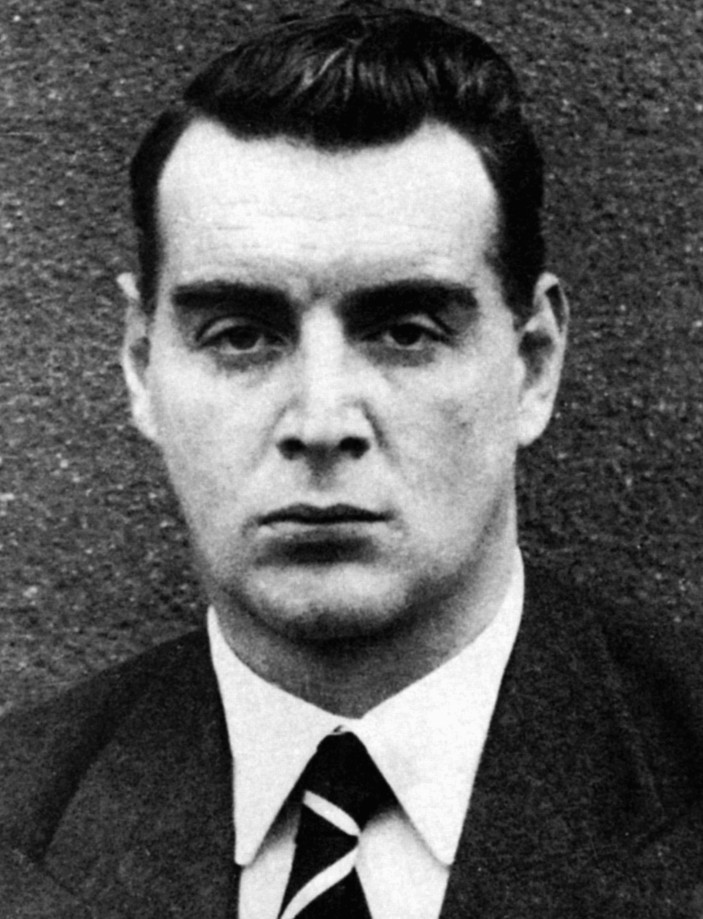
In 1944, Burgess joined the Foreign Office with responsibility for handling news broadcasts. For six years he sent a treasure trove of information to Moscow, while deciding what news to pass along to the British people. Burgess was in a unique position inside the British government and played the game of espionage for all it was worth. He had secret access to intelligence officials in the German Embassy in London and was in a position to tell his Soviet handlers that Prime Minister Chamberlain’s government “was directed more against the Soviet Union than the Third Reich,” and “the broad intention is to work with Germany wherever possible and ultimately against the USSR.”
When the British government transferred Philby to Washington after the war, Burgess managed to get reassigned also. Both men now worked in the British Embassy in Washington and had access to all of the most important secrets coming out of the newly formed CIA. Burgess even lived with Philby and flagrantly continued his drinking and homosexual binges. At a party of high-level U.S. and British government officials in Washington, Burgess went so far as to insult the wife of William Harvey, a top man in U.S. intelligence.
Philby took a huge gamble in letting Burgess stay with him, but used the unusual circumstances to his own advantage. About that time, Philby wrote, “But on reflection, I think that my decision to accommodate Burgess speeded by a few weeks at most the focusing of the spotlight on me.”
In June 1951, Burgess learned that the British were aware of Maclean’s espionage. Maclean was then living in London, and Burgess managed to return home and warn MacLean of the danger that lay before them. Burgess knew that once Maclean was exposed, he was next. Both men quickly packed their bags and hurriedly fled to Moscow.
For the remainder of his life, Burgess suffered many ailments. He died in Moscow in 1963 of arteriosclerosis.
Adrian “Kim” Philby was one of the most important spies of the 20th century. His exploits were chronicled by numerous writers—his life a virtual open book. He was named Kim by his father, the famous Arabist St. John Philby, who worked for the British government in the Middle East, after the character in Kipling’s jungle story of the same name. It has been written that Kim took on his father’s hatred of the British and did not have to be pulled into joining the Cambridge Five.
Philby was a Stutterer, but That did not Stop Him From Becoming One of the Most Influential Members of British Intelligence.
Philby was a journalist, spy, a man who could be anything he wanted and not let the rest of the world get too close. The popular story is that Philby was recruited into the spy ring in 1934 by Arnold Deutsch of the NKVD and also by Edith Tudor-Hart, a British communist. Philby said that he was responsible for bringing both Burgess and Maclean into the ring. Philby was married four times, the last to a Russian woman after his defection to the Soviet Union.
Philby was a stutterer, but that did not stop him from becoming one of the most influential members of British intelligence. Unknown to his colleagues, Philby told his Russian handlers that the British had broken the German Enigma codes, the method whereby British intelligence was able to read German military communications. As a trusted member of MI-6, Philby knew the identities of all British agents operating inside the Soviet Union and promptly betrayed them. Along with his spying, he was also an instructor of espionage craft to new recruits in the British secret service.
Like the other members of the spy ring, Philby’s communist leanings were well known to British intelligence. Yet, they decided to ignore the facts and allowed Philby into their inner sanctum. For example, Philby married a woman named Alice Friedman, a known communist. He had well-known associations with a German intelligence officer named Colonel Von der Osten and also had clandestine meetings with various Nazis in both London and Berlin.
In 1945, Philby was almost unmasked in what became known as the Volkov Affair. Konstantin Volkov was the vice consul at the Russian consulate in Istanbul, Turkey, when he decided to defect to the British. He wanted to be sent to Cyprus with his wife, and expected certain funds to be delivered to him. He told British authorities that he had information that the Russians had infiltrated two men into the Foreign Office (Burgess and Maclean), as well as an operative inside British counterintelligence (Philby), although he did not know their names.

Philby was sent to Istanbul to bring Volkov out, but before he left London he sent secret reports to Moscow telling them about Volkov’s bombshell. When Philby arrived in Istanbul, Volkov had mysteriously gone missing. British intelligence learned that a man was seen being smuggled into a Soviet airplane, swathed in bandages and unconscious. Volkov took with him the secret that three top-level Russian spies were burrowing inside British intelligence. Philby later admitted that he took part in Volkov’s disappearance.
Despite Philby’s years of dedication to the Russians, it seems that by 1947 he, Burgess, and Maclean were being secretly investigated by senior Soviet intelligence officials in Moscow. A probe was ordered by Andrei Vyshinsky, the Soviet deputy foreign minister, to see if they were working for the British as disinformation agents. Records from the old Soviet Union state that Madame Modrjrkaska, who was overseeing the trio, had deep suspicions about them. The reports said, “In an obstinate and tendentious way Madame Modrjrkaska analyzed the work of Philby, Maclean, and Burgess. And she came to the conclusion that Kim was a plant of the MI-6 working very actively and in a very subtle British way.”
Another damaging report on Philby was written by General Leonid Reichman, the one-time deputy head of SMERSH, a division of an agency that handled Russian assassins, who said, “I am sure that Philby, Burgess, and Maclean were British spies.”
After Being Confronted by the British, Philby Admitted He was a Russian Spy
After the war ended, Philby was posted to Washington, D.C., where he served as the liaison between MI-6 and the CIA. He was privy to numerous intelligence files provided to him by the FBI and mixed socially with the top members of the CIA, most importantly the agency’s counterintelligence staff, then headed by James Angleton. It was even rumored that Philby was being groomed to one day head the Secret Intelligence Service. In the 1950s, Philby got a job as a reporter covering the Middle East for the British newspapers The Observer and The Economist.
After the defections of Burgess and Maclean, MI-5 became suspicious about Philby because of his close association with Burgess. After the United States began decoding Russian wartime intelligence reports, it became obvious that Philby was working in league with Burgess and Maclean. After being confronted by the British, Philby admitted he was a Russian spy and managed to escape to Beirut, Lebanon. On July 3, 1963, the Soviet regime announced that Philby had been given political asylum. He died in May 1988, a mostly forgotten figure.
John Cairncross worked in the Foreign Office during the war and delivered secret information on British strategy for Nazi Germany. He worked at the super-secret Government Code and Cipher School located at Bletchley Park, where Allied codebreakers cracked German codes that were intercepted by listening stations worldwide. He stole countless secret cables and handed them to the Russians.
Cairncross’s undoing came at the hands of Burgess and Maclean after their escape to Moscow. Police searched his apartment and found government documents in his possession.
In 1947, Cairncross worked for the United Nations, and it was not until 1967 that he agreed to give details of his longtime spying activities to the British government. The public did not learn of his double life until 1981, but a forgiving British government did not prosecute him. He died in 1995.
The lasting effect of the Cambridge Spies was a deep distrust between the intelligence services of the United States and Great Britain. The fallout from the affair also caused a rift between the CIA and FBI that would last for years. As far as the British were concerned, they never dreamed that Blunt, Burgess, Philby, Maclean, and Cairncross would ever betray their own country.
New Jersey resident Peter Kross is the author of The Encyclopedia of World War 2 Spies.
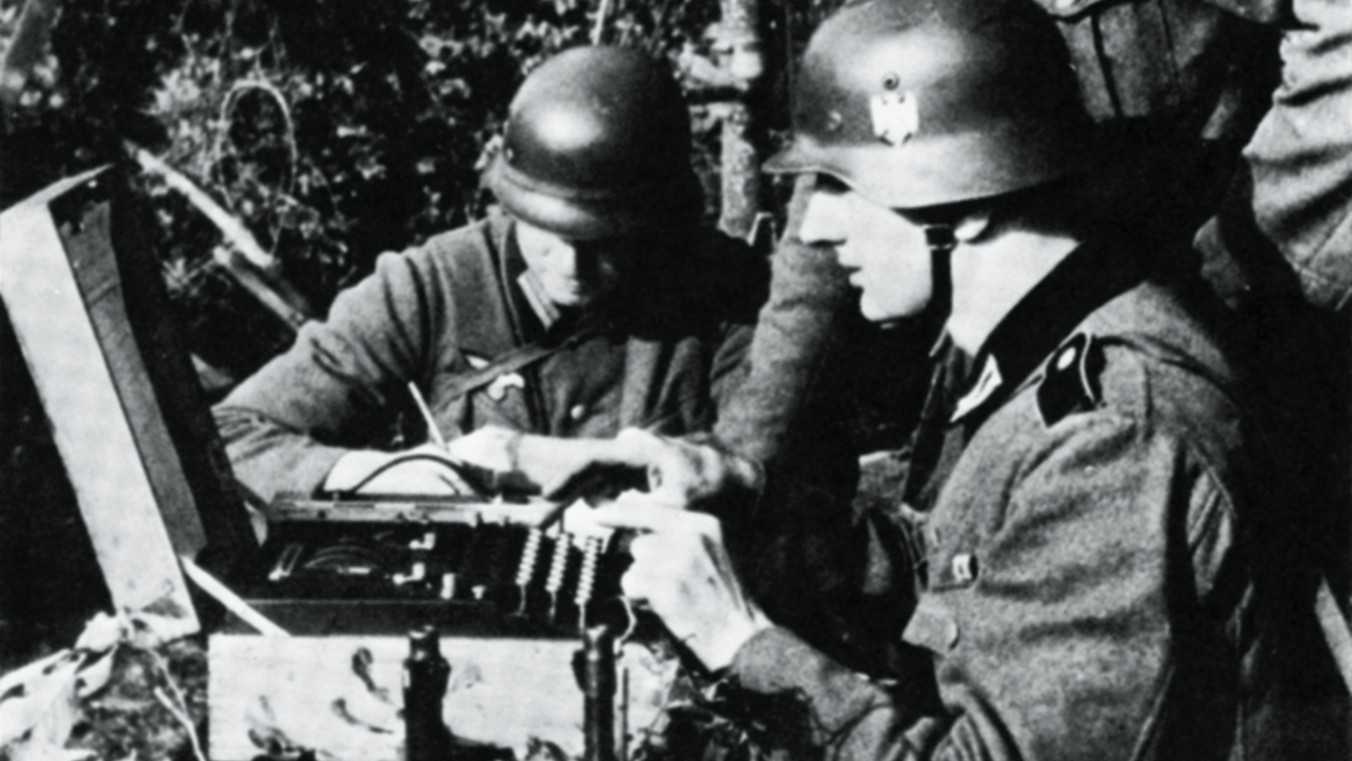
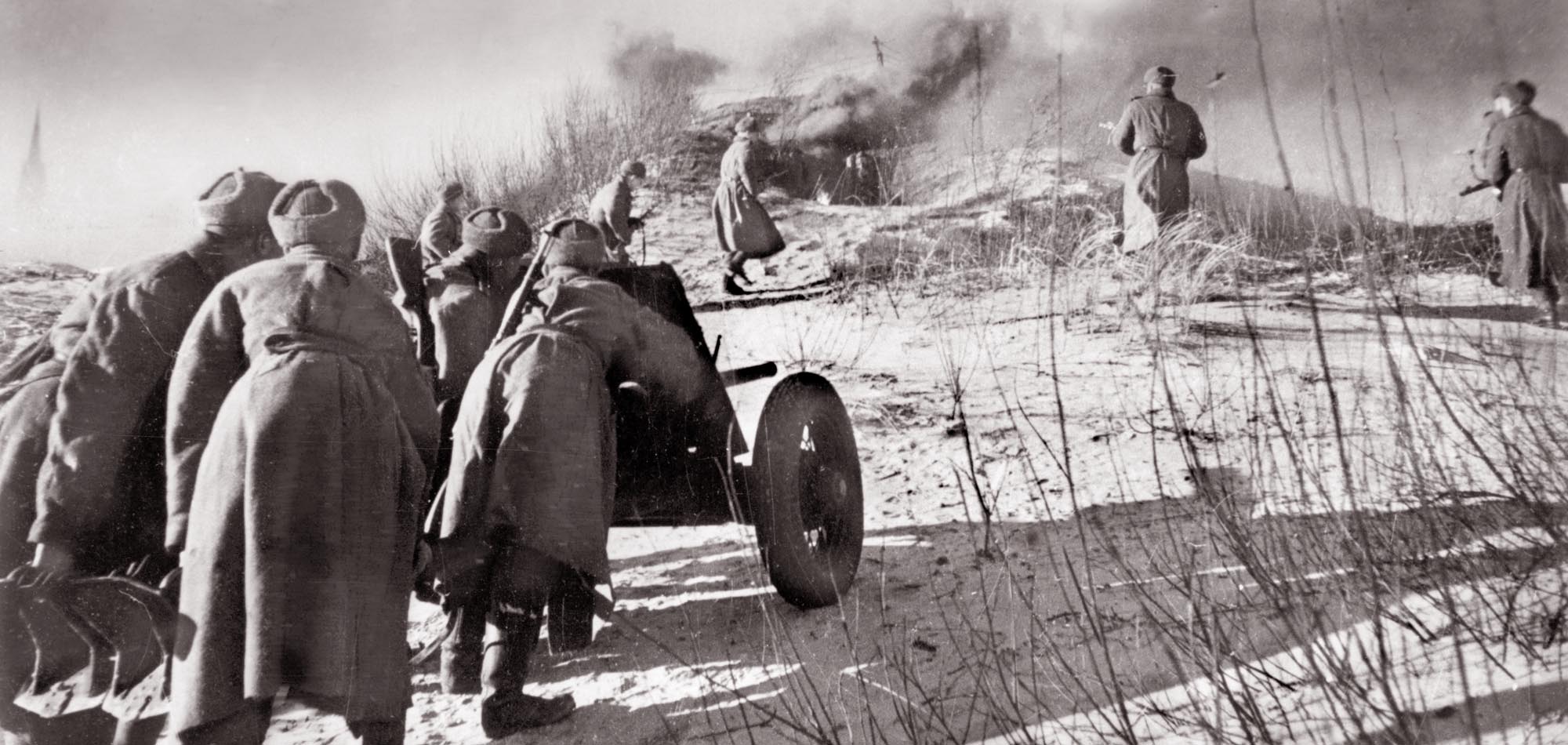
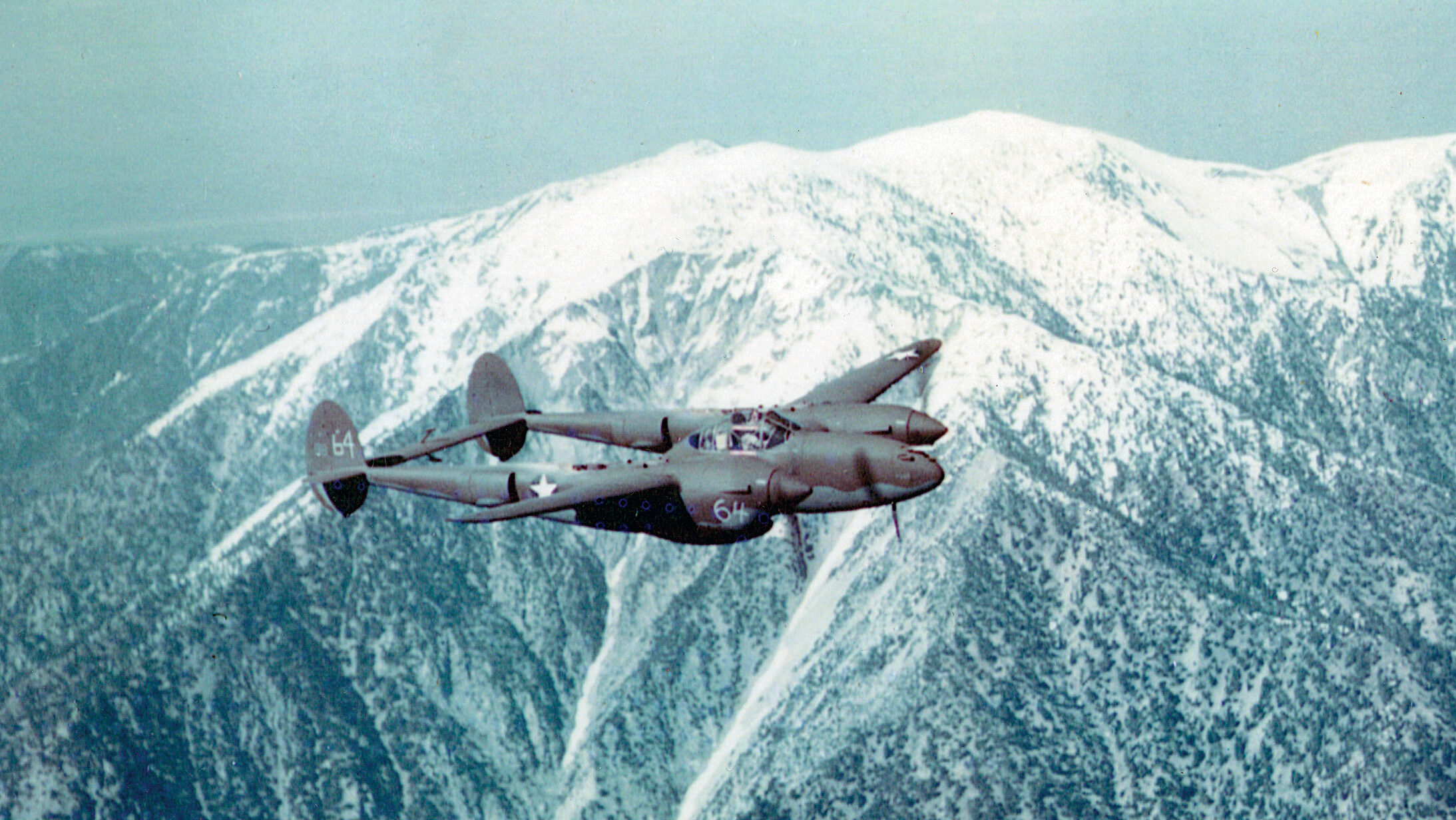
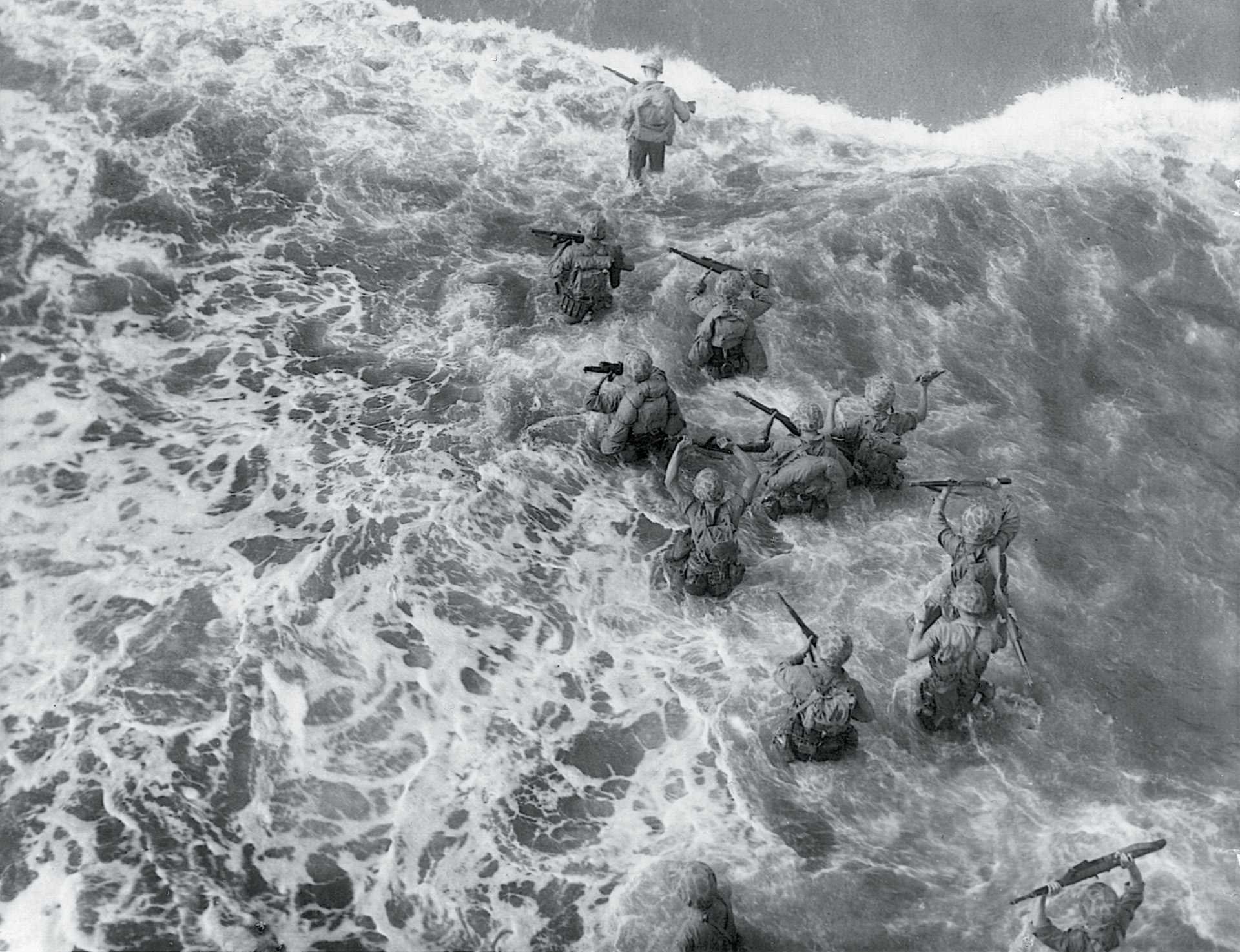
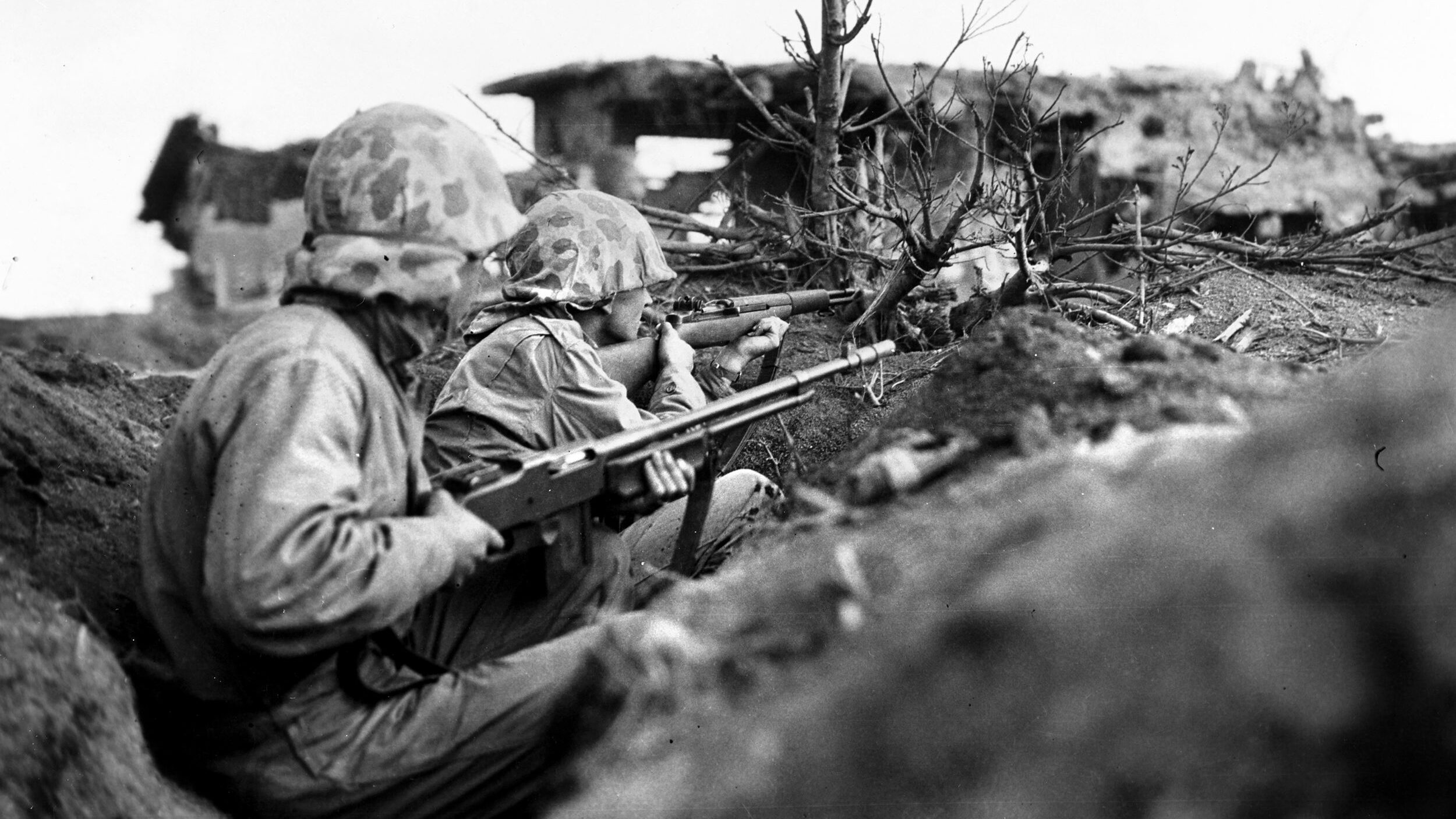
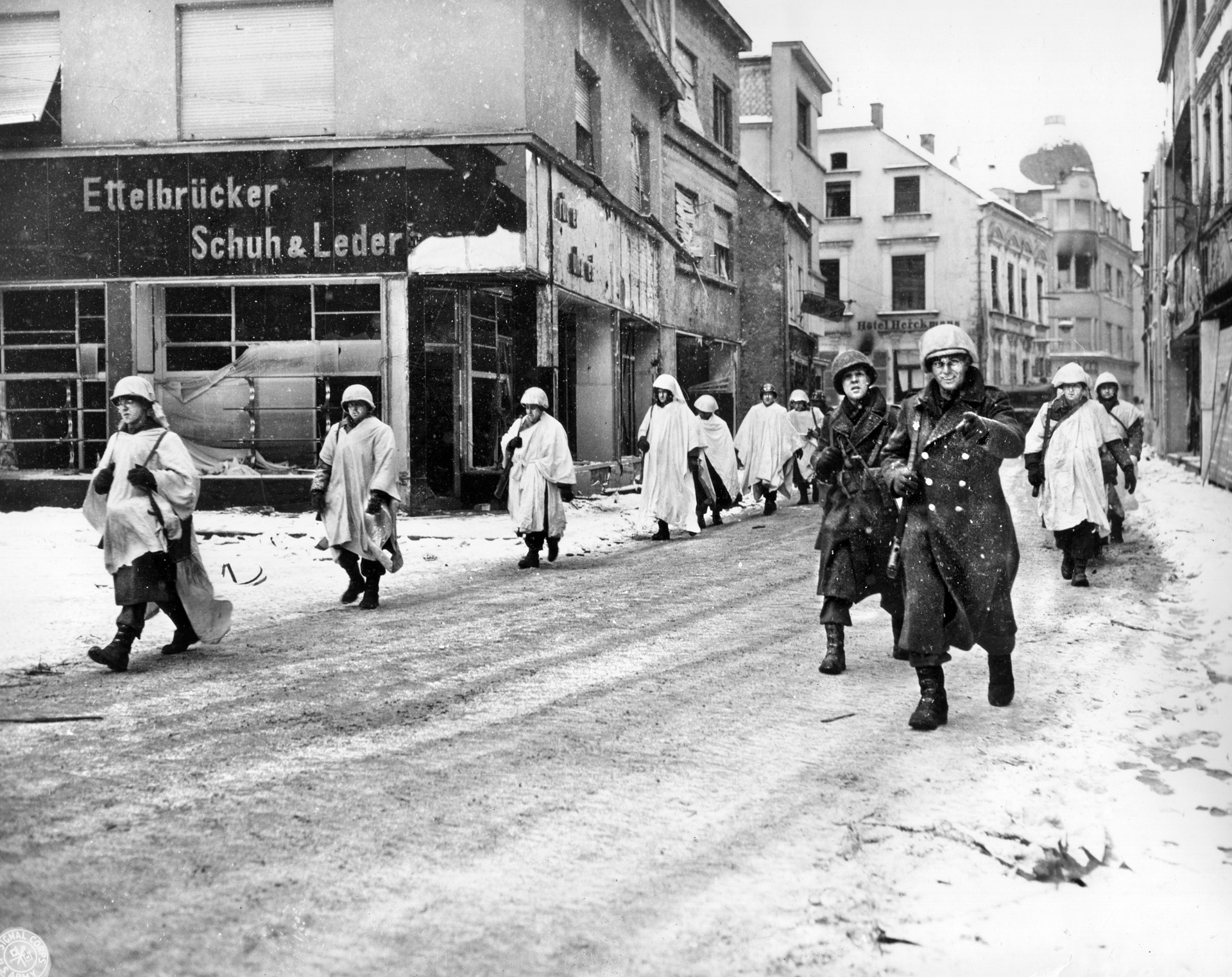
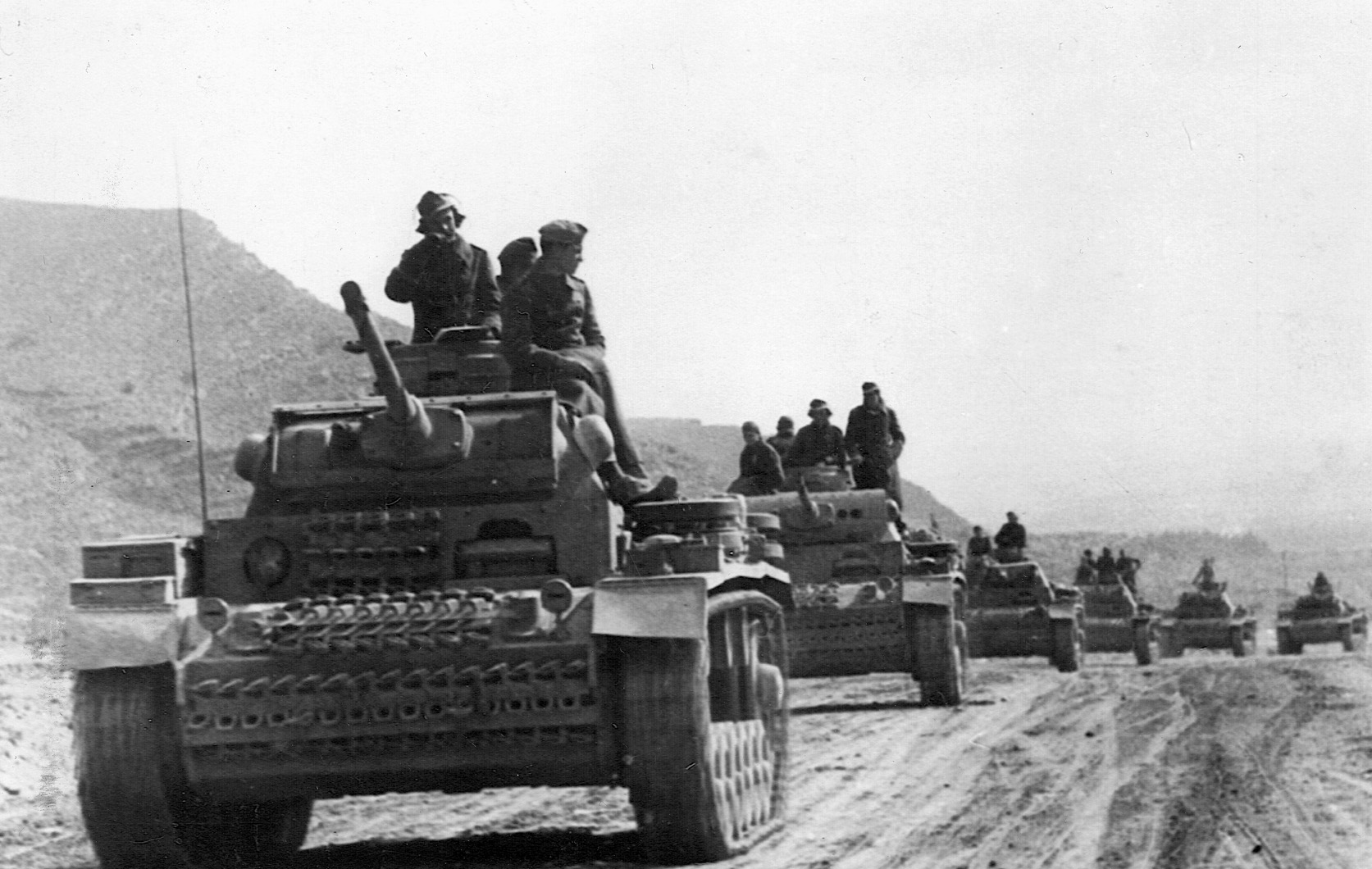
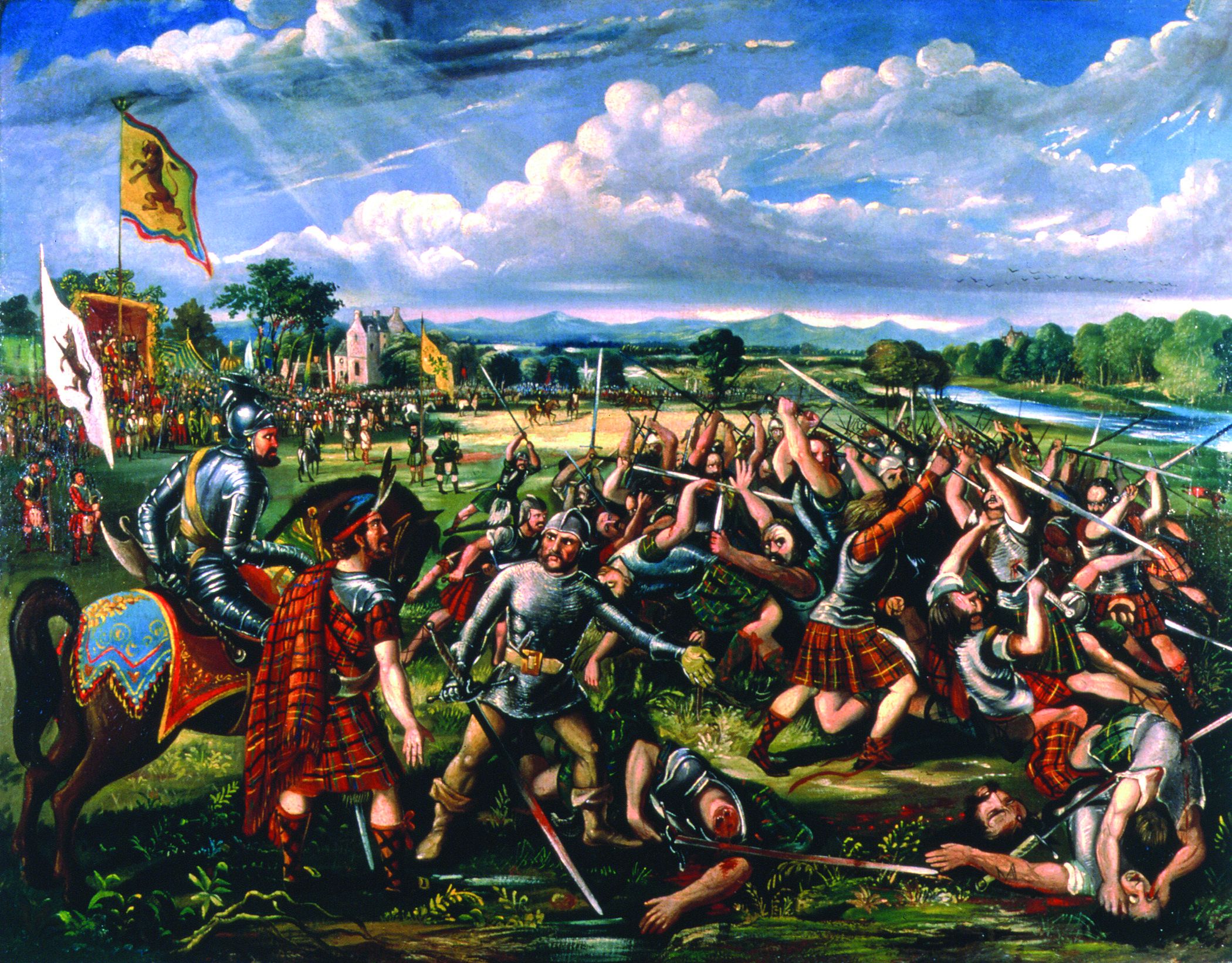
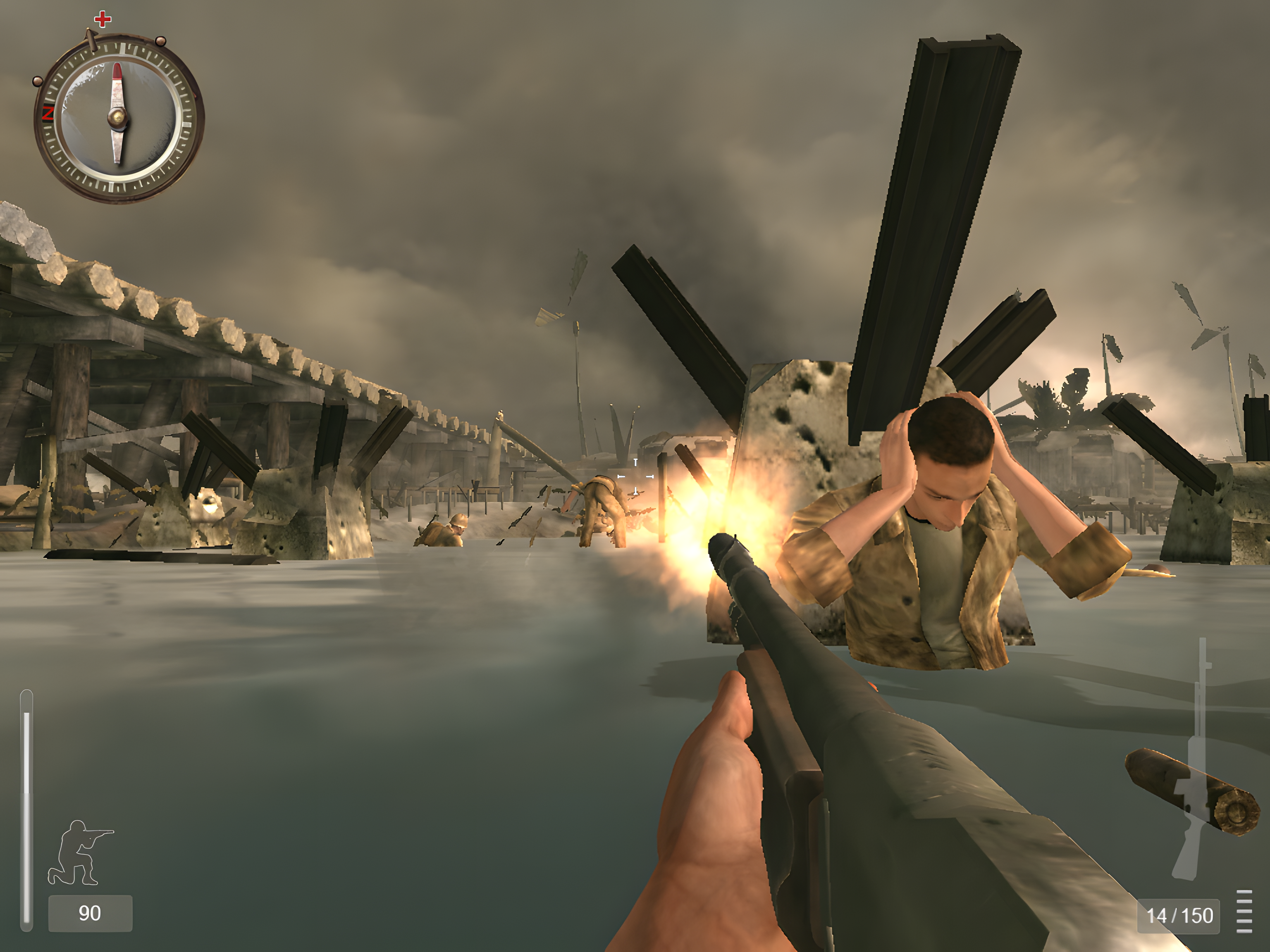
Join The Conversation
Comments
View All Comments